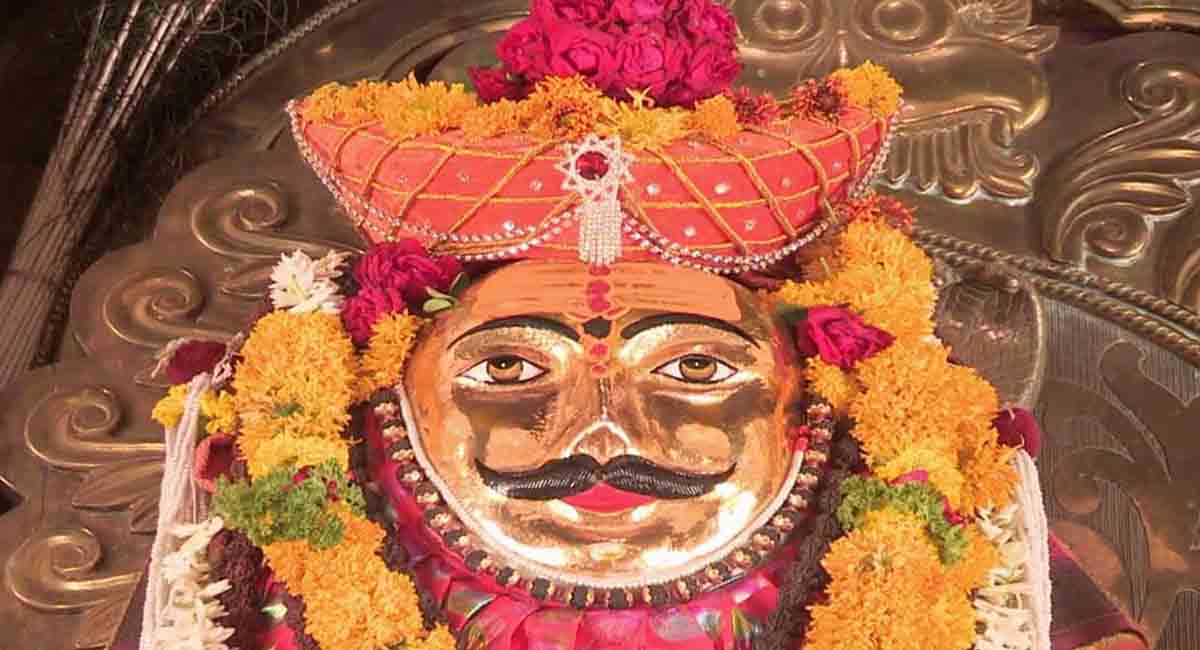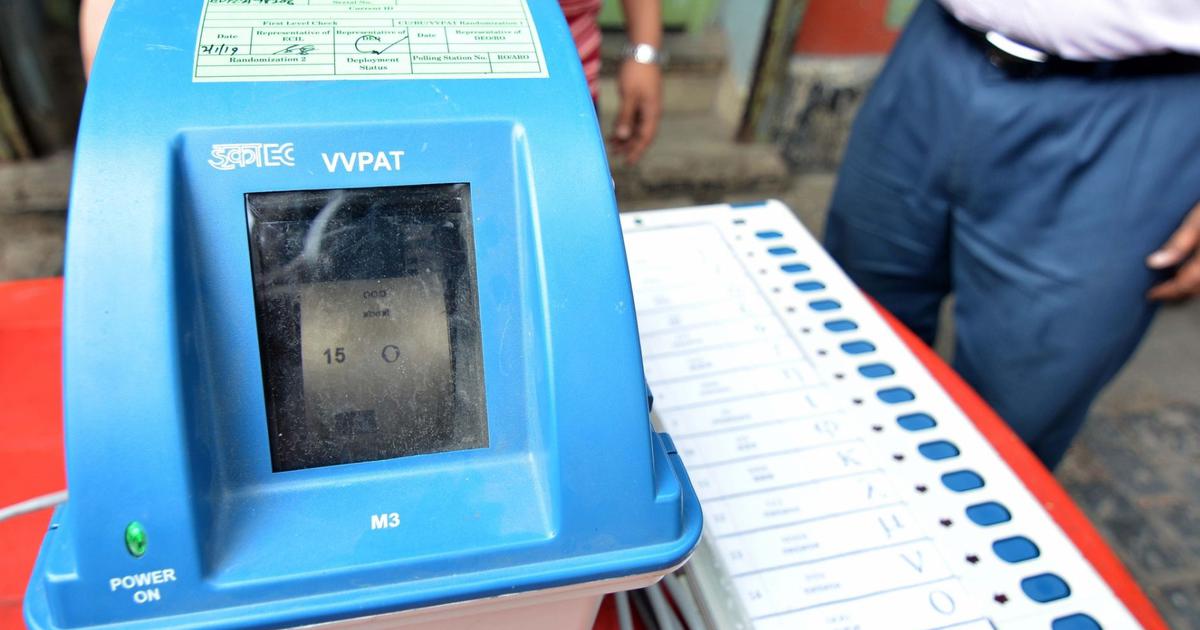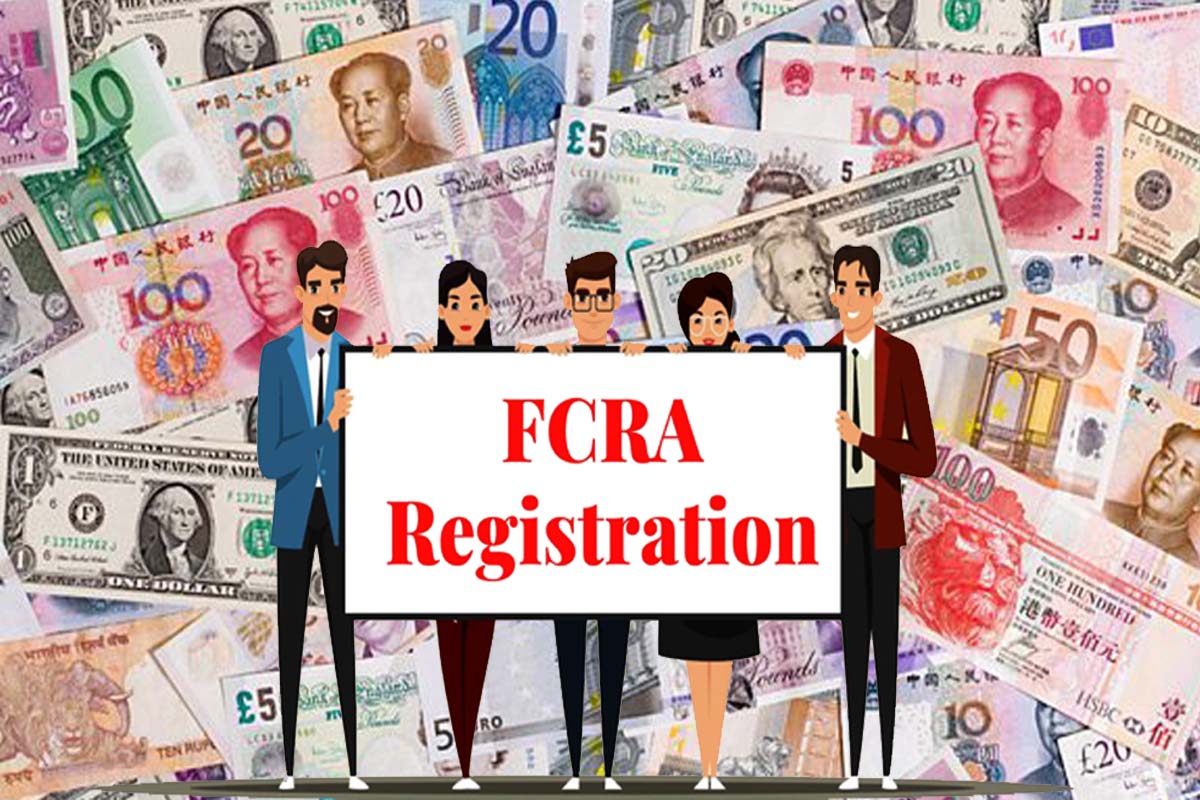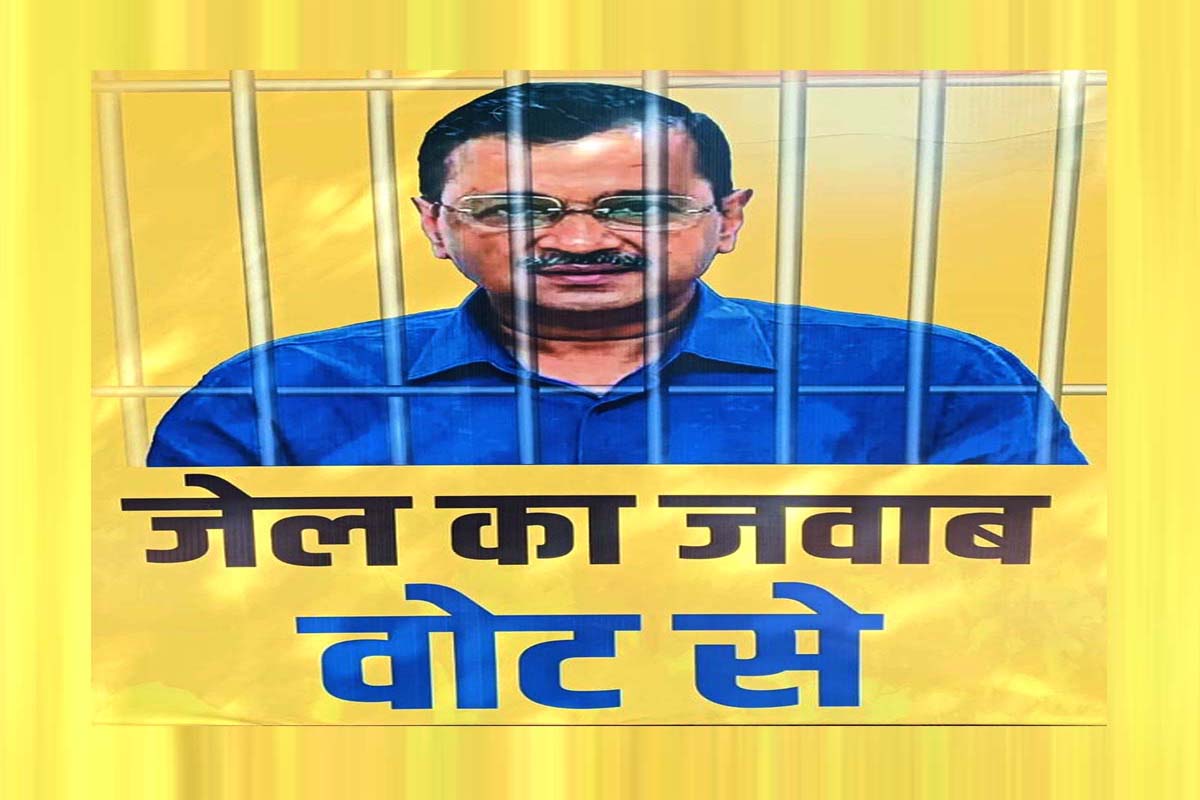The Bhairon Baba Temple, also known as Sri Kilkari Bhairon Baba Temple, is an ancient religious site located near Delhi’s famous Old Fort. According to legend, the temple was built by the Pandavas, the mythological brothers from the Hindu epic Mahabharata. Another popular belief is that Bheema, the second of the Pandava brothers, attained siddhi, or spiritual power, in this temple. The temple is unique in that it allows devotees to offer alcohol to Bhairon, the presiding deity, a manifestation of the Hindu god Shiva.
Due to its age, the Bhairon Baba Temple is considered an important part of the national capital’s heritage. Thousands of tourists visit the temple every year, especially on Sundays. Devout Hindus believe that anyone who performs special worship of Goddess Durga or any of her divine manifestations must visit the Bhairon Baba Temple to complete the worship. Therefore, people who visit far-flung shrines of the Goddess or observe special vows to please her often visit the Bhairon Baba Temple in New Delhi.
The temple was constructed according to the standards of North Indian architecture. White marble is used throughout the temple to give it a classic look. Even the idols of the holy deities worshipped in the shrine are made of marble. The presiding deity of the shrine, Bhairon Maharaj, is actually a stone image with prominent eyes. Visitors offer liquor, fruits, sweets, flowers, and coconut.
The Bhairon Baba Temple is the only place of worship among Hindu temples where devotees offer liquor of different varieties to the deity, which is also distributed as a sacred prasad among the pilgrims.
In Hindu scriptures, Bhairon is mentioned during the episode when Goddess Sati, the divine consort of Lord Shiva, immolated herself by her yogic fire when her father Daksha insulted Shiva out of sheer hatred. Shiva then manifested Bhairon out of his own body to destroy Daksha and his army. Bhairon, the fierce warrior, ruthlessly executed the commands of Shiva and vanquished Daksha and his helpmates.
Bhairon Has Eight Manifestations
Kala Bhairava, Asitanga Bhairava, Samhara Bhairava, Ruru Bhairava, Krodha Bhairava, Kapala Bhairava, Rudra Bhirava, and Unmatta Bhairava. Kala Bhairava is believed to be the preceptor of Lord Shani, the planet Saturn in astrology and astronomy.
In Tamil, Bhairon or Bhairava is called Vairavar, and he is regarded as the Grama Devta or the deity who shields the villagers from evil and other devouts from all directions. Devout Hindus also seek refuge at the feet of Bhairon to avoid the malefic effects of evil spirits and mischievous planets like Saturn, Rahu, and Ketu. He is also worshipped as a guardian deity of treasures.
The Shrine is Divided Into Two Parts:
The Doodhiya Bhairon Baba Temple, where milk is offered, and the Kilkari Bhairon Baba Temple, where alcohol is offered. However, it is not mandatory to worship Bhairon with liquor; it depends on a person’s faith. Inside the temple, bottles of liquor offered by pilgrims are emptied into large cauldrons. Visitors who want to offer alcohol within the premises are advised to carry it beforehand, as there are no shops selling liquor around the temple.
As the sun sets, the temple takes on an esoteric, meditative mood, especially after the evening worship of the deity.
Bhairon Baba Temple History and Significance
The Bhairon Baba Temple, also known as Sri Kilkari Bhairon Temple, is a prominent religious site located near the Old Fort in Delhi. According to popular belief, the temple was constructed by the Pandavas, who were the mythological brothers from the Hindu epic Mahabharata. It is also said that Bheema, the second of the Pandava brothers, attained spiritual power or siddhi at this temple.
The temple is unique in that it allows devotees to offer alcohol to Bhairon, the presiding deity, who is a manifestation of the Hindu god Shiva. This practice is uncommon in Hindu temples and has contributed to the temple’s popularity among devotees.
The Bhairon Baba Temple is considered an important part of Delhi’s heritage due to its antiquity. Thousands of tourists visit the temple every year, especially on Sundays. It is believed among devout Hindus that anyone who performs special worship of Goddess Durga or any of her divine manifestations must visit the Bhairon Baba Temple to complete their worship.
The temple is built in the North Indian architectural style and features white marble, giving it a classic look. The idols of the deities worshipped in the shrine are also made of marble. The presiding deity, Bhairon Maharaj, is a stone image with prominent eyes and is offered liquor, fruits, sweets, flowers, and coconut by visitors.
According to Hindu scriptures, Bhairon played a significant role during the episode when Goddess Sati, the divine consort of Lord Shiva, immolated herself by her yogic fire after her father Daksha insulted Shiva. In response, Shiva manifested Bhairon from his own body to destroy Daksha and his army. Bhairon, the fierce warrior, ruthlessly executed the commands of Shiva and vanquished Daksha and his helpmates.
Bhairon has eight manifestations, including Kala Bhairava, who is believed to be the preceptor of Lord Shani, the planet Saturn in astrology and astronomy. Bhairon or Bhairava is also called Vairavar in Tamil and is considered the Grama Devta or the deity who shields villagers from evil and protects devotees from all directions.
The Bhairon Baba Temple is divided into two parts – the Doodhiya Bhairon Temple where milk is offered, and the Kilkari Bhairon Temple where alcohol is offered. It is not mandatory to worship Bhairon with liquor, and it depends on the faith of the person whether they wish to offer liquor or milk. Visitors who want to offer alcohol within the temple premises are advised to carry it beforehand, as there are no shops selling liquor around the temple.
Overall, the Bhairon Baba Temple holds immense historical and religious significance and is a popular destination for devotees and tourists alike.
Bhairon Baba Temple Timings
The Bhairon Baba Temple’s timings are from 5 AM to 12 PM and 3 PM to 9 PM, and it remains open on all days of the week. However, it is recommended to check the timings before visiting as they are subject to change due to festivals and other events.
Daily Puja’s and Festivals at Bhairon Baba Temple
The Bhairon Baba Temple conducts daily pujas for the devotees who come to worship the deity. The temple opens at 5:00 AM and the morning puja is performed at 6:00 AM. The evening puja is conducted at 7:00 PM, followed by the aarti at 8:00 PM. The temple closes at 9:00 PM.
There are several festivals celebrated at the Bhairon Baba Temple throughout the year, which attract a large number of devotees. Some of the major festivals celebrated here include Navratri, Diwali, Shivratri, and Hanuman Jayanti. During these festivals, the temple is decorated with lights and flowers, and special pujas and aartis are performed to seek the blessings of the deity.
Navratri, which is celebrated twice a year, is a nine-day long festival that is dedicated to the worship of Goddess Durga and her nine avatars. During this festival, the temple witnesses a huge rush of devotees who come to offer prayers to Bhairon Baba and seek his blessings.
Diwali, the festival of lights, is celebrated with great fervor and enthusiasm at the Bhairon Baba Temple. The temple is decorated with lights and diyas, and special poojas and aartis are performed to mark the occasion.
How to Reach Bhairon Baba Temple
The Bhairon Baba Temple, also known as Sri Kilkari Bhairon Temple, is located near the Old Fort in Delhi. It is easily accessible by various modes of transportation.
One can take the Delhi Metro Rail Service and get down at the Pragati Maidan Metro Station, which is the nearest station to the temple. From there, the temple is just a short walk away.
Tourists can also board a HOHO (Hop On Hop Off) sightseeing bus and get down at the Delhi Zoo, which is near the temple. DTDC (Delhi Tourism Development Corporation) buses, auto rickshaws, and private taxis also ply on the route where the temple is located.
It is advisable to check the route and mode of transportation before visiting the temple to avoid any inconvenience.
Bhairon Baba Temple Nearest Attraction
The Bhairon Baba Temple, located near the Old Fort in Delhi, is surrounded by several popular tourist attractions that one can visit.
The Old Fort, also known as Purana Qila, is a historical monument located adjacent to the temple. It is a massive fort that dates back to the 16th century and is surrounded by lush green gardens.
The India Gate, a famous war memorial, is also located near the temple. It is a magnificent structure that stands tall at the heart of the city and is a popular picnic spot among locals and tourists.
The National Zoological Park, also known as Delhi Zoo, is situated close to the temple. It is a large zoo that houses several species of animals and birds and is a must-visit for animal lovers.
Other nearby attractions include the Humayun’s Tomb, Qutub Minar, Lotus Temple, and the Red Fort.
Tourists can plan a day-long itinerary and visit these attractions along with the Bhairon Baba Temple to make the most of their trip to Delhi.
Frequently Asked Questions
Which metro station is near Bhairo Baba Mandir?
The nearest metro station to Bhairon Baba Mandir is Pragati Maidan Metro Station.
What is Bhairavnath Mandir famous for?
Bhairavnath Mandir is famous for its unique tradition of offering liquor to the presiding deity, Bhairon, who is a manifestation of Lord Shiva.
Which God is Bhairon Mandir?
Bhairon Mandir is dedicated to Bhairon, who is a fierce manifestation of Lord Shiva in Hindu mythology.



